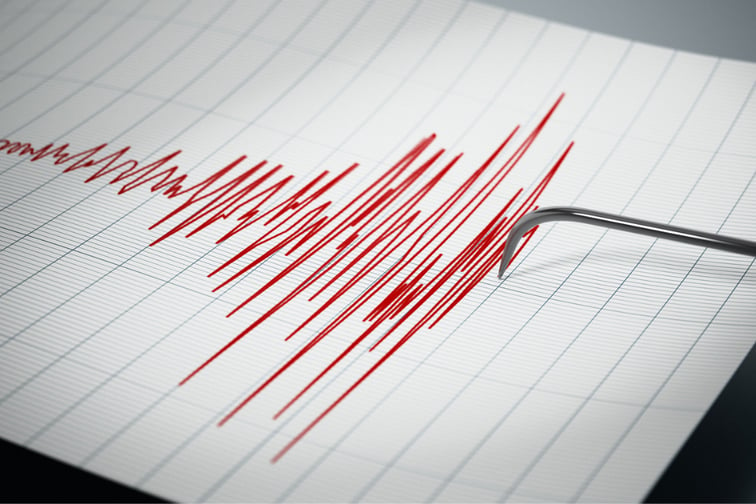

Auckland’s fibre network will play a vital part in earthquake science, with a team of researchers using it to study smaller earthquakes and help detect volcanic activity under the city.
New Zealand’s largest city is located in a volcanic area, with 53 recognised volcanoes across the Auckland Volcanic Field (AVF), according to the Earthquake Commission (EQC), which is funding the study through its Biennial Grants programme.
Researchers from Victoria University of Wellington and University of Auckland will use fibre-optic technology known as distributed acoustic sensing (DAS) to detect smaller earthquakes of less than magnitude 1.
“We know there is likely to be an eruption in the AVF sometime in the future, and we think that earthquakes might provide some insight into volcanic unrest in the area,” said Dr Calum Chamberlain, the research team’s leader. “Being able to accurately monitor seismic signals is essential to forecast the location and timing of an eruption.”
Chamberlain said DAS uses the fibre network’s “dark strands” – which are the sections that are not used by telecommunications – to monitor seismic activity.
The DAS method uses laser pulses to repeatedly measure the length of the cables, allowing researchers to record stretching in the cables due to passing seismic waves. Chamberlain said that using DAS allows seismic activity to be recorded wherever communications fibres are installed.
“With many cities having fibre networks and undersea fibre cables running offshore, the techniques and technology the team is developing will be hugely useful for getting a better picture of seismic hazard in and around Aotearoa New Zealand,” said Dr Natalie Balfour, EQC research manager.
The project is scheduled to begin in April. Chamberlain and the team will be working closely with volcanology and seismology experts from Determining Volcanic Risk for Auckland (DEVORA) and will share their findings with the Auckland Council, Tūpuna Maunga Authority and other key stakeholders.
